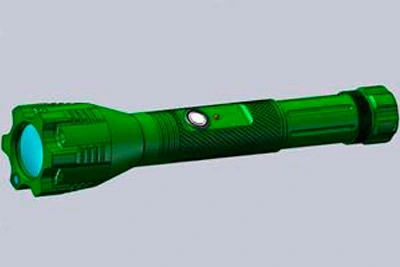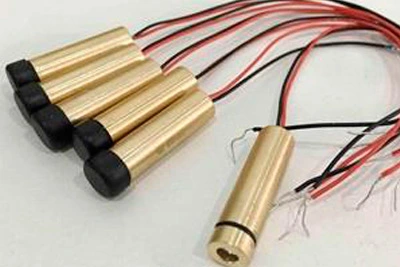Currently, stem cell therapy requires a large number of specific types of human cells. Recently, scientists have discovered through research that irradiating a near-infrared laser to adult stem cells derived from human fat can increase the replication speed of stem cells by 54%, and using green lasers can transform stem cells into different types of cells at a faster rate. Under laboratory conditions, continuous laser irradiation of adult stem cells will lead to increased proliferation and differentiation.
The body's self-repair function allows healthy skin to regenerate and bones to heal from fractures. However, people suffering from diseases such as osteoporosis often cannot repair their bodies, and their lives are reduced to the range allowed by medical care. At this time, a method is needed to create healthy cells needed to repair damaged tissues, thereby improving people's quality of life. As we all know, we all have fat on our body, and those who want to lose weight hope to reduce them through exercise or diet plan. But few people know that the body's belly fat may become a source of brand new personal medicines in the future. Hidden in human adipose tissue are "primitive" cells called adipose stem cells. People of any age have these stem cells, which can be transformed into bone cells, liver or heart cells.

For patients with osteoporosis, the cells that should have differentiated into the bone stopped working. However, the current clinical trials using stem cell therapy to treat chronic diseases are not impressive. The research team uses lasers in a technology called photobiomodulation, which irradiates specific wavelengths of laser light on stem cells to stimulate differentiation. In order to find an effective way to proliferate and differentiate stem cells into other tissue cells. Researchers have discovered that culturing such tissue cells in the laboratory needs to be done quickly and reliably. The stem cell therapy can help people suffering from diseases such as osteoporosis, and in the future can enhance the body's ability to repair itself.
Generally speaking, researchers irradiate red lasers and near-infrared lasers on stem cells in the laboratory. Laser irradiation of two wavelengths can make cells multiply into more identical stem cells. This process is called proliferation. But to repair a certain part of the body, stem cells need to be transformed into other types of cells needed. This process is called differentiation.
The researchers tried a new laser combination. They chose to irradiate the fat stem cells with a green laser (525nm), and then use a near-infrared laser (825nm), green and near-infrared lasers to irradiate successively, which can simultaneously obtain the proliferation and differentiation of stem cells. The researchers said that the use of near-infrared and green lasers resulted in a 54% increase in the value-added efficiency of stem cells. At the same time, the types of reactive oxygen species are also 50% higher, which means that the degree of differentiation is much higher. Therefore, near-infrared and green lasers can rapidly multiply adipose stem cells and achieve full differentiation.

